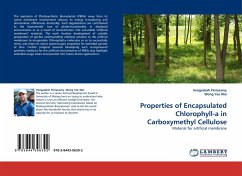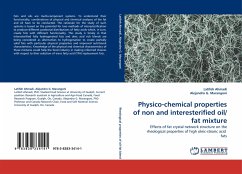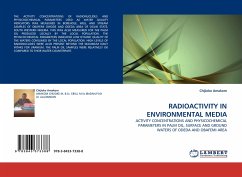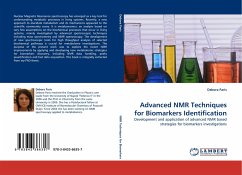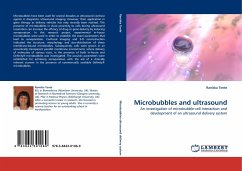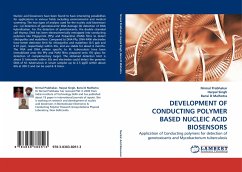The operation of Photosynthetic Biomaterials (PBMs) away from its native membrane environment reduces its energy transducing and photovoltaic efficiencies drastically. Such degradations are contributed to the biomaterials' loss of photo-functionality in displaced environments or as a result of reconstitution into unsuitable "artificial membrane" materials. The work involves development of suitable preparation of gel-like carboxymethyl cellulose solution as the artificial membrane to encapsulate Chlorophyll-a molecules so as to successfully mimic and retain its native spectroscopic properties for extended periods of time. Further progress towards developing such re-engineered synthetic mediums for the artificial reconstitution of PBMs may highlight extended usage when incorporated into future device applications.
Bitte wählen Sie Ihr Anliegen aus.
Rechnungen
Retourenschein anfordern
Bestellstatus
Storno

